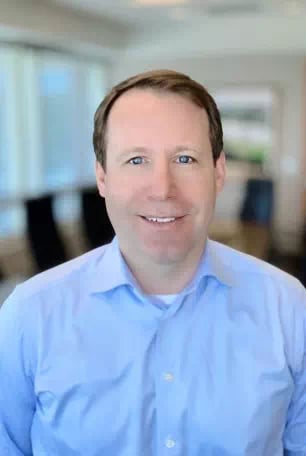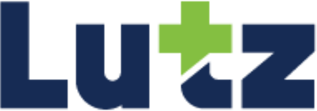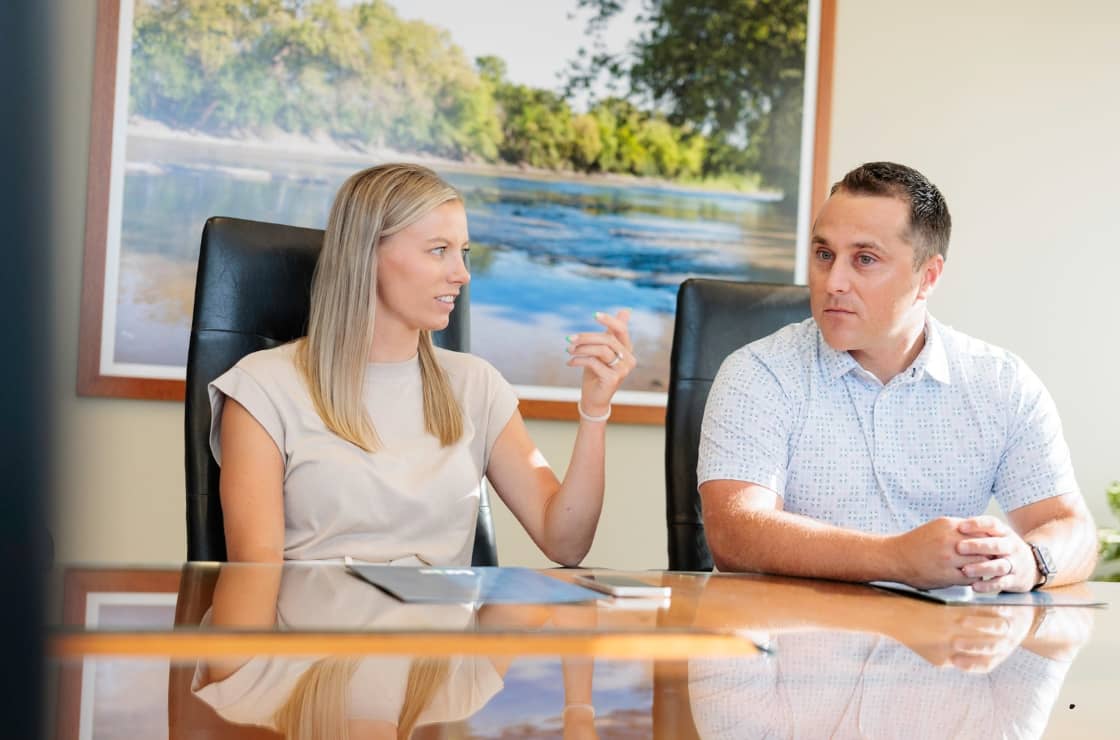CAH Financial Indicators & Trends from 2019 to 2021

Since the start of the Covid-19 Pandemic, financial indicators for Critical Access Hospitals have changed noticeably. The following statistics are from the CAH Financial Indicators Report for 2019, 2020, and 2021 provided by the Flex Monitoring Team. The Flex Monitoring Team is a consortium of the Rural Health Research Centers located at the Universities of Minnesota, North Carolina at Chapel Hill, and Southern Maine.
Operating Margins + Total Margins
US Critical Access Hospitals' (CAH) operating margins increased from .72% to 10.90%, and total margins increased from 2.40% to 13.11%. The increase in these margins indicates total expenses are less than total revenues, including grant funds from the Payroll Protection Program and Provider Relief Funds provided during 2020 and 2021.
Days Cash on Hand + Net AR Days
As a result of the grant funds received, days cash on hand for US CAHs increased from 71.23 days to 164.81 days from 2019 to 2021. The net AR days for US CAHs stayed consistent, reducing slightly from 50.54 days in 2019 to 48.91 days in 2021.
Average Salary per FTE + Salaries to Net Patient Revenue
The average salary per FTE increased by 10% from 2019 to 2021, rising from $61,605 in 2019 to $67,766 in 2021. However, operating revenue increased 29.97% from 2019 to 2021, outpacing the three-year increase in expenses of 16.02%. Another positive trend from the increased net patient service revenue from 2019 to 2021 was the salaries to net patient revenue ratio, which decreased from 45.39% to 44.37%.
2022 + 2023 Expectations
All the financial indicators presented above depict strong profitability and liquidity ratio improvements from 2019 to 2021, with total revenues increasing significantly over costs. The expectations for 2022 and 2023 are not as favorable. With inflation driving supply and professional services cost significantly higher, along with the labor cost increases seen over the past two years, profitability and liquidity ratios are expected to decrease. In addition, labor shortages continue to challenge the ability to generate sufficient revenue to counteract the increase in operating expenses.
Hospital management and boards will be challenged during the remainder of 2023 and beyond with cost containment, labor shortages, third-party payment changes, and patient service offering changes. An increased focus on cost containment, revenue cycle management, employee recruitment and retention, payor contract negotiation/analysis, and patient service offering analysis will be essential over the next year to combat the increase in operating expenses and protect the increase in cash position realized at the end of 2021. To learn more about Lutz’s healthcare services for CAHs, please contact us.

- Relator, Achiever, Restorative, Focus, Belief
Paul Baumert
Paul Baumert, Healthcare Consulting Shareholder, began his career in 1998. With over two decades of experience, he has established himself as a pivotal leader in healthcare accounting and consulting. Since 2011, Paul has led Lutz’s rural hospital practice, showcasing his commitment to serving healthcare organizations.
Specializing in Medicare and Medicaid reimbursement, cost reporting, and financial analysis, Paul leverages his extensive experience to provide solutions that generate positive financial results for hospitals. His day-to-day responsibilities encompass financial management support services and reimbursement analysis. Paul finds fulfillment in helping rural healthcare facilities maintain their critical role in their communities.
At Lutz, Paul embodies the firm's commitment to serving beyond expectations through his dedication to rural healthcare sustainability. His ability to restore financial health while maintaining meticulous attention to detail has solidified Lutz's position as a trusted advisor to healthcare organizations across the region. As department head, he has cultivated a team that shares his passion for preserving and enhancing rural healthcare access.
Paul lives in Elkhorn, NE, with his wife Shelly, their four children, dog Max, and cats Luna and Oliver. Outside the office, he reads, plays golf, and attends his children’s activities.
Recent News & Insights
Financial Planning Advice for Recent College Grads
2024’s Hot Stocks Have Cooled Fast + 4.23.25
Do You Need a Family Office? 7 Aspects to Consider
Tariff Volatility + 4.7.25



.jpg?width=300&height=175&name=Mega%20Menu%20Image%20(1).jpg)
%20(1).jpg?width=300&height=175&name=Mega%20Menu%20Image%20(2)%20(1).jpg)
%20(1)-Mar-08-2024-09-27-14-7268-PM.jpg?width=300&height=175&name=Untitled%20design%20(6)%20(1)-Mar-08-2024-09-27-14-7268-PM.jpg)

%20(1)-Mar-08-2024-09-11-30-0067-PM.jpg?width=300&height=175&name=Untitled%20design%20(3)%20(1)-Mar-08-2024-09-11-30-0067-PM.jpg)
%20(1).jpg?width=300&height=175&name=Mega%20Menu%20Image%20(3)%20(1).jpg)
%20(1).jpg?width=300&height=175&name=Mega%20Menu%20Image%20(4)%20(1).jpg)
%20(1).jpg?width=300&height=175&name=Mega%20Menu%20Image%20(5)%20(1).jpg)
-Mar-08-2024-08-50-35-9527-PM.png?width=300&height=175&name=Untitled%20design%20(1)-Mar-08-2024-08-50-35-9527-PM.png)


.jpg)




